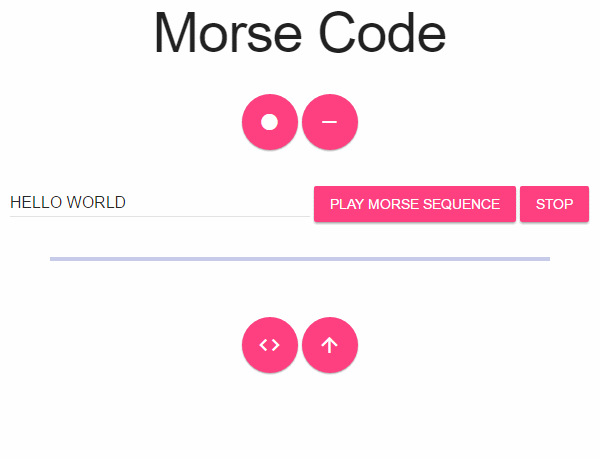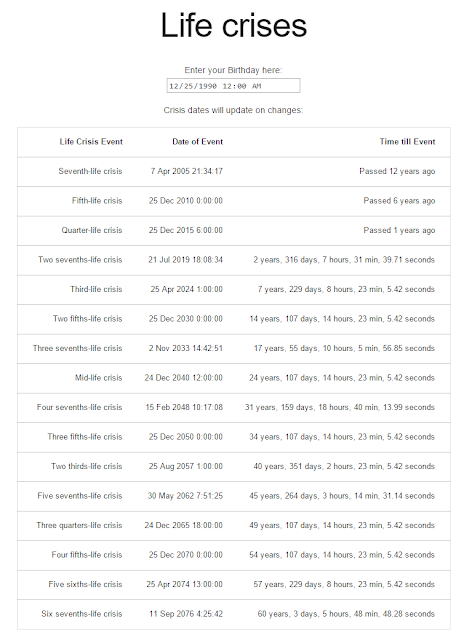Oven temperature measurement in real-time

Every time I move apartments, I usually come across a really old gas-powered oven with dubious thermal insulation. I'd like to be a better cook, but every time I start up the oven it feels a bit like black magic guessing how long it takes for the oven to be 'ready', or what temperature it really is inside the oven, and how long I should cook the food for. Enter, Shitty-Engineering Science! I put together a little temperature display with a thermocouple wire that can be stuck into the oven through the door. My oven temperature reader in use. The golden cable snaking into the oven is the thermocouple The magic lies in the thermocouple , a fiber-glass braided K-type thermocouple (which can be used in extremely high heats like kilns), which is basically just two pieces of metal connected together. The way the two metals heats up differently results in a (tiny) temperature-dependent voltage that can be measured with a micro-controller, and used to drive a 7-segment di...


